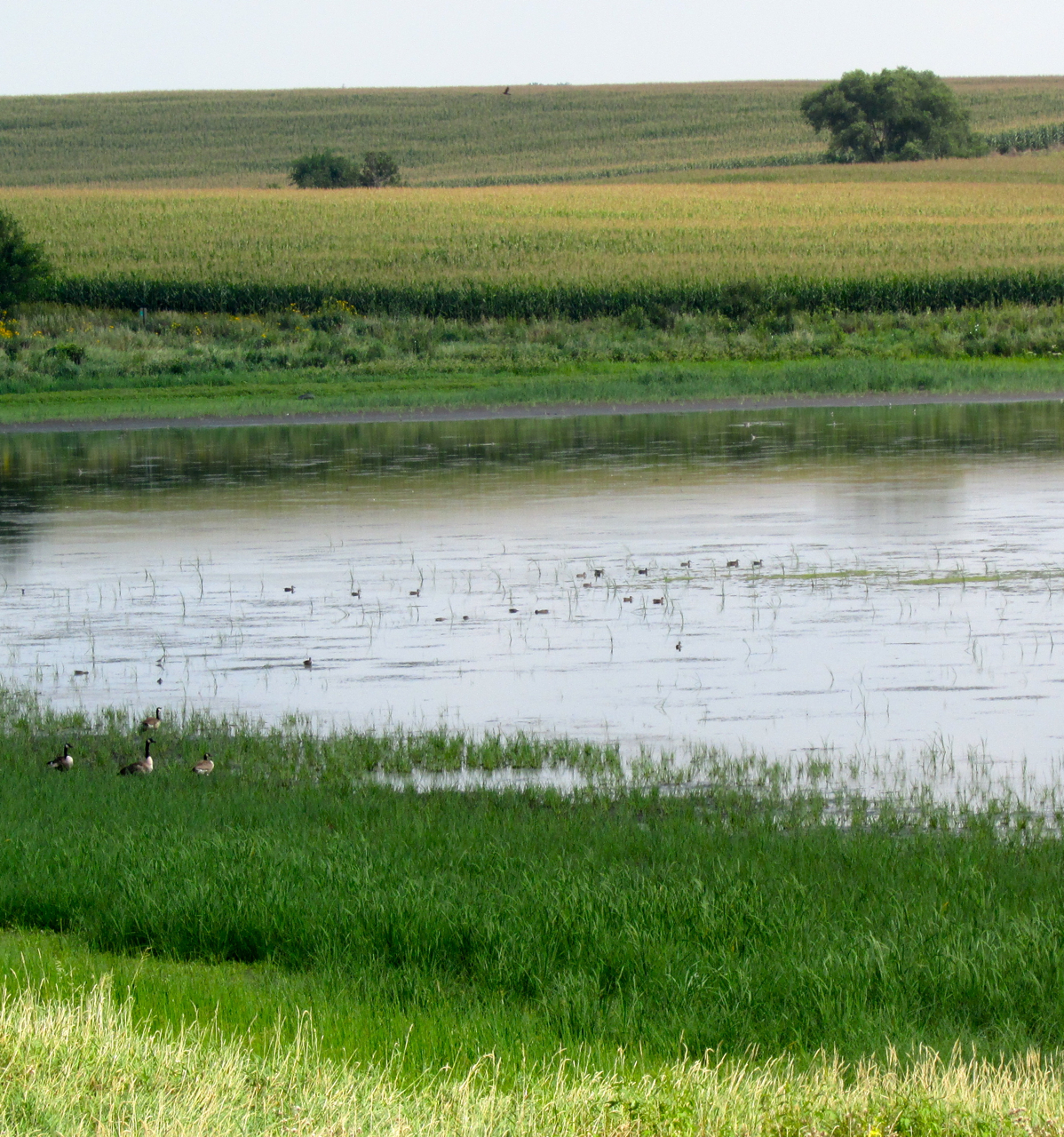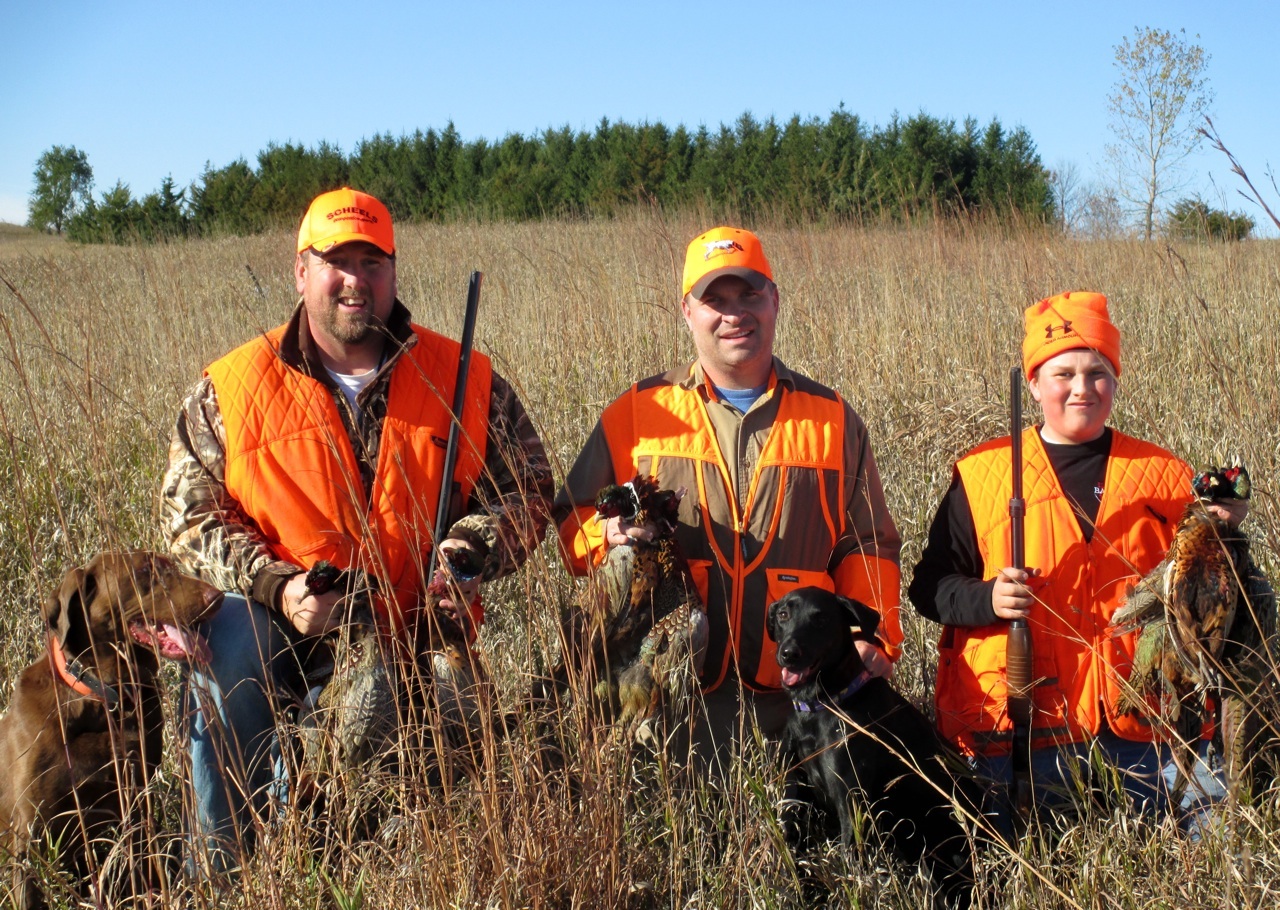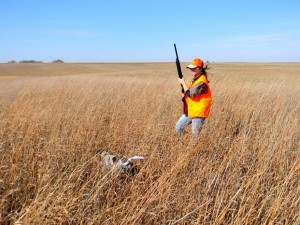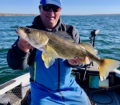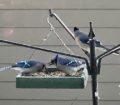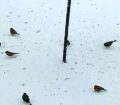By Steve Weisman
For what seems like forever, for years Iowans have looked forward to the last weekend in October for the annual pheasant opener. It’s one of the openers that brings people back to the Hawkeye state to renew acquaintances and to chase the wily ringneck!
So it is in 2013 with the opener set for Saturday, October 26. Unfortunately, the pheasant numbers have plummeted over the past five years, and 2013 continues that trend.
Each year, the Iowa DNR holds its August roadside survey by conducting approximately 215, 30-mile early morning routes on cool mornings when the sun is shining, when there is heavy dew and little wind.
This year’s statewide count shows 6.5 birds per route (30 mile), which represents a -19 percent decrease from the 2012 numbers. If there is a good news scenario, the northwest part of Iowa still holds the best numbers of any area in the state. This year’s survey shows an average of 12.3 birds per route, which is a -23.8 percent decrease from last year’s 16.2 numbers.
In visiting with Rich Jordet, northwest Iowa Law Enforcement Supervisor with the DNR, he notes that while numbers are down, it’s not all gloom and doom. “Where we have good upland habitat, I expect there will be good huntable numbers of pheasants. We are lucky to have more state hunting areas up here, and that makes a big difference when compared to the rest of the state. There are still some pockets of CRP acres, which will also hold more birds.”
Looking back
Historically speaking, Iowa has been a pheasant hunting mecca. At one time it rivaled South Dakota as THE pheasant state. The two common denominators for this success were good weather conditions and upland habitat. Of course, the first era of big numbers coincided with the soil bank days of the early 1960s. The statewide average in 1963 was an overall average of 79.4 birds! Over the course of the next 18 years, the lowest statewide average was 32.3 birds in 1982.
During those years, some of the strongest numbers came from the southwest section with counts reaching as high as a 144-bird average in 1966.
With the advent of the CRP program, bird numbers began to shift to the northwest part of Iowa. For instance, the 1998 average was 74.2 birds and 81.2 birds in 2003. Even 2008 saw an average of 49.4 birds. Of course, with each of these averages, you need to take into consideration that the bird counts were always greater where good upland habitat occurs.
Why the drop
I guess you could say it’s the result of the perfect storm. It’s been a combination of a lot of factors:
- Excessively damp weather (spring)
- Harsh winters (excessive snow)
- Drought conditions
- Loss of wildlife habitat
- Predation
Three of these factors are really out of our control. When it comes to weather, Mother Nature is in charge. The area we can control is the habitat. However, this a double-edged sword, too. High commodity prices and soaring land prices are making a difference in how landowners utilize their land. The high prices for crops have meant that the rates paid by the USDA for conservation programs have been unable to keep up.
Looking west to South Dakota
It’s not just in Iowa. Although South Dakota is the pheasant hunting destination in the country, it also is facing pheasant number declines. Again, the problems revolve around the extreme drought of 2012, a cold, wet spring and a reduction in habitat. South Dakota does their count a little different, doing a per-mile number versus Iowa’s 30-mile route. However, you can still glean the same data.
South Dakota’s state average for 2013 is 1.52 birds per mile, which equals to 45.6 birds per 30-mile route. That is down from 4.19 birds per mile, equaling 125.7 per 30-mile route. That means a 64 percent decline in pheasant numbers. Some areas such as Chamberlain, Pierre and Winner all showed declines over 70 percent from 2012 and the 10-year average.
Harvest numbers have dropped in both states, too. Iowa for many years was over a million birds per year. That has now dropped to under 300,000 birds per year. South Dakota has consistently been over 1 million birds with last year being the lowest since 1998-a total of 1,428,873 harvested.
Here is a staggering number for estimated pheasant population and the number bagged in South Dakota. The year was 1945 and the estimated population was 16,000,000 birds with 7,507,000 birds harvested. Fast forward to 2007, when the population was estimated to be 11,900,000 birds with a harvest of 2,122,700 birds.
Wow!
Can things be turned around? Sure, but Mother Nature has to do her part, and we need to work at the habitat as best we can – acre by acre!

